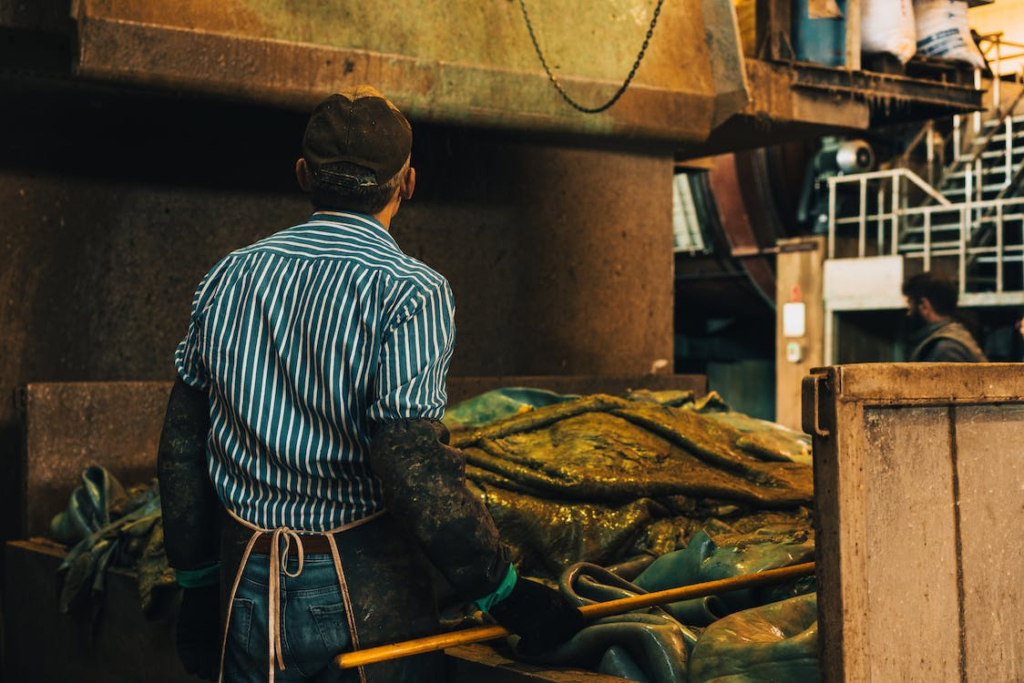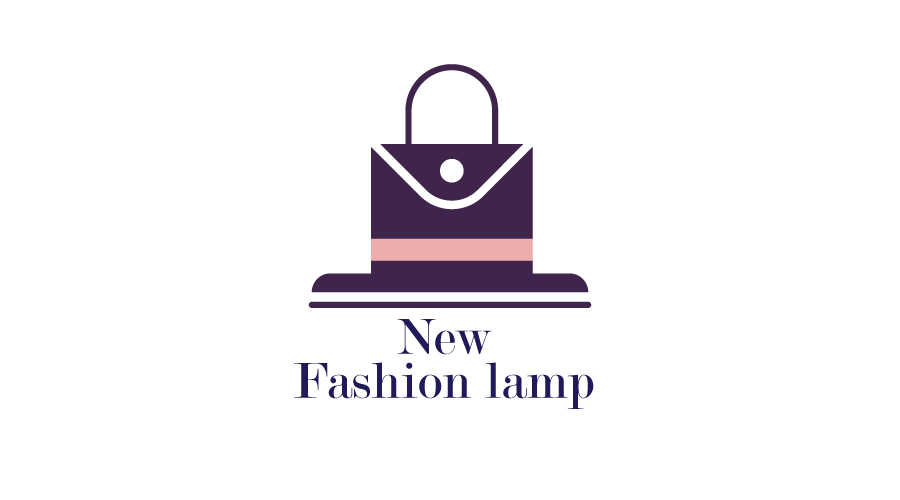In an age where authenticity meets environmental consciousness, searching for sustainable materials leads us to some unexpected treasures. Among these, natural cowhide emerges as a front runner.
While synthetic alternatives flood the market, genuine cowhide’s inherently unique. From its rustic charm to its enduring lifespan, authentic cowhide rugs has found its place in the heart of sustainable design.
But how sustainable is it? Dive deep with us as we unravel the life cycle of cowhide and explore its environmental impact.
Life Cycle of Cowhide
Every product we use daily has a story, and natural cowhide is no exception. It’s a story of transformation from a living entity to a cherished piece of art or utility.
When we pull back the curtain on the life of genuine cowhide, we witness a tale as old as time, intertwined with humanity’s evolution. Here’s an in-depth look into that journey.
1. Sourcing of Raw Materials
Ah, the pastoral scene of a sprawling countryside, where cows graze freely under a vast, open sky. The first step in the life cycle of authentic cowhide is rooted in raising cows. Good agricultural practices are vital to ensure the animal’s health and the hide’s quality.
And yet, it’s not just about the material; it’s about the life that once wore it. Ethical considerations become paramount, ensuring the animal’s welfare is respected and prioritized.
2. Tanning and Processing
Once the cowhide is sourced, it enters a transformative phase. The tanning process, a mix of science and art, breathes life into natural cowhide, ensuring it doesn’t degrade and retains its genuine beauty.
Different methods exist, from age-old vegetable tanning to modern chrome tanning. Each technique impacts the environment differently, but all strive to preserve the essence of genuine cowhide.

3. Manufacturing Products
This is where the magic happens. Imagine craftsmen and artisans, their hands dancing skillfully over the hide, molding and shaping authentic cowhide into products that will find a place in our lives.
From the elegant luxury of a leather couch to the rugged durability of a pair of boots, the manufacturing process is where the hide’s potential truly unfurls.
4. Use Phase
The touch, the feel, the undeniable allure of genuine cowhide – this phase is where consumers experience all of it. The durability of authentic cowhide ensures it stands the test of time.
But, like all precious things, it demands care. Regular maintenance ensures that it continues to grace our lives with its elegance for years.
5. End-of-Life
Every story has an ending. But the end of a cowhide product’s life doesn’t spell its absolute end. The biodegradable nature of natural cowhide means it returns to the earth, completing the cycle.
Yet, with emerging technologies, recycling possibilities are being explored, potentially giving cowhide another shot at life.
Environmental Impact Analysis of Authentic Cowhide
The quest for sustainable materials is the story of our time, a journey that delves deep into the complex nexus of nature, society, and industry.
As we unravel the tapestry of our ecological footprint, the environmental impact analysis of natural cowhide offers a nuanced understanding of this authentic material.
Here, we’ll walk through the environmental spheres where genuine cowhide makes its mark, for better or worse.
Water Usage and Pollution: The Dual Dance
Water, the source of life, often becomes a victim in the industrial process. Authentic cowhide processing, particularly in the tanning phase, can be water-intensive. The challenge is not only in the volume consumed but also in the potential pollutants released.
However, with technological advancements, many manufacturers are exploring methods to reduce water consumption and limit pollutants, making natural cowhide more viable and sustainable.
Energy Consumption: The Hidden Cost
Behind the sheen of genuine cowhide products lies an often-overlooked aspect: energy. Tanning, manufacturing, and transportation of cowhide goods require energy.
While it’s true that synthetic alternatives might sometimes consume more, it’s essential to consider the full lifecycle energy costs of genuine cowhide, juxtaposed against its longevity and potential for reuse.
Greenhouse Gas Emissions: Where Cowhide Meets the Atmosphere
Cows, the source of genuine cowhide, are infamously known as methane emitters—a potent greenhouse gas. This emission, combined with the CO2 output during the processing phase, puts cowhide on the radar of environmentalists.
But, it’s worth noting that when managed correctly with modern agricultural practices, the impact can be mitigated to an extent, allowing the industry to move towards a greener horizon.
Comparison with Synthetic Alternatives: The Authentic Debate
It’s tempting to compare authentic cowhide’s environmental footprint with its synthetic counterparts. Synthetics might offer fewer greenhouse gas emissions during production but at what cost?
The non-biodegradability and often petroleum-based origins of synthetics paint a worrisome picture. In contrast, genuine cowhide offers natural decomposition, reducing long-term environmental stress.
Regulations and Standards: The Guiding Lights
To steer the natural cowhide industry toward sustainable shores, stringent regulations and standards play an indispensable role.
From ensuring reduced water and energy consumption to monitoring emissions, they serve as the custodians of our environment, ensuring that authentic cowhide’s charm doesn’t come at the Earth’s expense.
Social and Economic Considerations of Cowhide Use
Any industry’s social and economic ramifications are often as significant as its environmental impact. With the surge in demand for authentic cowhide, it becomes imperative to probe beneath the surface and discern how the natural cowhide industry affects communities, employment, and ethical considerations.
Community Resonance with Genuine Cowhide
Cowhide isn’t just material; it’s a legacy in many communities. Passed through generations, the art of processing genuine cowhide has been a touchstone for many local cultures.
This isn’t simply about economics; it’s about tradition, craftsmanship, and a profound connection to the land.
In many rural areas, especially in developing countries, authentic cowhide processing is a primary source of livelihood, tying communities together and fostering unity.
Economic Boost from Authentic Cowhide
Genuine cowhide’s growing demand has provided a much-needed economic jolt to many regions. With increased production and export opportunities, there’s a surge in employment – from herders to artisans.
This isn’t merely about numbers; it’s about giving families a sustainable future, about children seeing a viable future right in their hometowns rather than migrating to urban jungles.
Ethical Practices: The Need of the Hour
However, as with any booming industry, the economic potential of natural cowhide has its pitfalls. There are concerns about exploitation, with workers sometimes not receiving fair wages or working in unsafe conditions.
Moreover, the animals from which the cowhide is sourced deserve humane treatment. The need for ethical practices in genuine cowhide production cannot be stressed enough.
As consumers, awareness and ethical purchasing decisions can make a massive difference in ensuring the industry stays true to its roots.
Challenges and Controversies Surrounding Cowhide
As with any material that finds its place in the modern world, genuine cowhide has challenges and controversies.
Despite its longstanding use and the revered aesthetic of natural cowhide, its road to recognition as a sustainable material is paved with questions and concerns.
Opposition and Criticisms: The Backlash Against Authentic Cowhide
One cannot talk about genuine cowhide without addressing the elephant in the room — or in this case, the cow. Critics argue that promoting cowhide, even if seen as a byproduct of the meat industry, may inadvertently support large-scale animal farming.
Ethical concerns arise when one considers the treatment of animals in these farms and the potential for unsavory practices that prioritize profit over humane treatment.
Barriers to Wider Adoption: Navigating the Tides of Change
Transitioning industries to prioritize authentic cowhide as a sustainable material involves rethinking manufacturing processes, consumer education, and marketing strategies.
Given their low production cost and consistency, manufacturers who have relied on synthetic alternatives for years might need help to shift back to natural cowhide.
The learning curve, initial investment, and potential backlash from vegan or animal rights groups make this a high-stakes decision.
Mitigation Strategies: Paving a Forward-Thinking Path
Despite these challenges, the cowhide industry isn’t taking a back seat. Efforts are underway to ensure that natural cowhide sourcing is as ethical as possible, ensuring the humane treatment of animals and environmentally friendly tanning processes.
With technological advancements and a keen focus on sustainability, there’s a growing momentum to promote genuine cowhide’s unique characteristics, durability, and eco-friendliness.
Discovering the Authentic Elegance of Cowhide
The intricate dance between sustainability and style finds its rhythm in genuine cowhide. With its timeless beauty and environmental promise, it’s more than just a material; it’s a statement.
For those eager to embrace this authentic elegance in their own spaces, Cowhide Gallery awaits. Explore a curated collection of natural cowhide products and bring your sustainable design dreams to life. Visit Cowhide Gallery now!
About the Author
A seasoned environmental researcher and passionate writer, the author delves into sustainability topics with keen interest, bridging scientific insights with everyday practices to inspire greener living choices.


